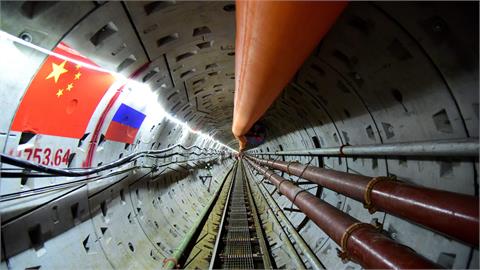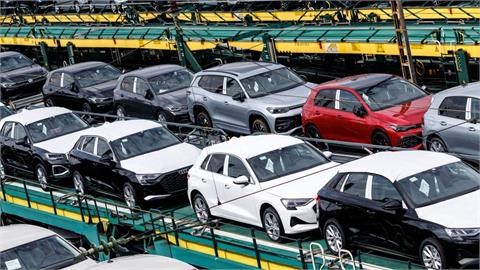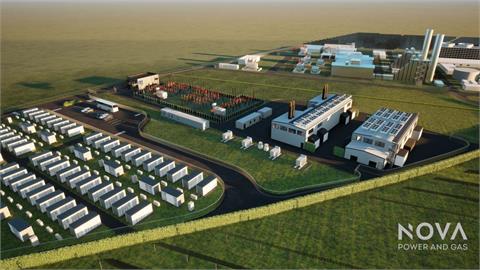In the most concrete step toward reviving nuclear power in Japan since theFukushima meltdown in 2011, the energy regulators declared for the first time that an atomic plant had met the country’sstricter post-accident safety standards– in effect giving it a green light to resume operations, is reported by Financial Times. The decision by the Nuclear Regulation Authority, announced on Wednesday, July 16, could allow the plant’s owner to restart the facility’s two idled reactors as early as this autumn and set the stage for a broad, though not unlimited, comeback for nuclear power in Japan, where no atomic facility is presently producing any electricity.
The ruling could also rekindle an emotional and highly contentious debate about nuclear safety, notes the FT, in which the public’s views have diverged from those of the government of Shinzo Abe, the conservative prime minister.
Surveys show that a majority of Japanese would like to abandon nuclear power altogether, but Mr Abe wants to move in the opposite direction by substantially rebuilding the industry. "The submission of the inspection report is a step forward, but the NRA has more inspections to conduct,” Mr Abe told reporters travelling with him to Miyagi prefecture, a northern region whose coastline was devastated by the same tsunami that set off the Fukushima crisis. "If [other plants] are deemed safe and we can secure the understanding of host communities, I want to move ahead with restarts.”
In its decision, the NRA said upgrades at the Sendai nuclear power station, located in Kagoshima prefecture on the island of Kyushu, were sufficient to protect it against extreme natural disasters and terrorist attacks.
The regulator’s year-long inspection of Sendai – and the resulting 400-page safety report from its owner,Kyushu Electric Power– are expected to serve as a template for reviews of other facilities around the country, which NRA officials say they should be able to complete more quickly.
Utilities have submitted requests for safety certification for 17 other reactors at 11 power stations – far more than have been kept in operation for most of the three-year period since the nuclear crisis, but still fewer than half the number of surviving commercial reactors in Japan.
Before the Fukushima accident, 54 reactors provided
close to 30 per cent of Japan’s electricity. Many, however, are seen as too
old, too expensive to upgrade, or too close to the ruined and leaking Fukushima
Daiichi plant to put back into service.
A final decision on bringing Sendai back online will
rest with Mr Abe’s government and local leaders in Kagoshima, a politically
conservative region where the governor and local mayors have indicated support
for Kyushu Electric’s restart plans. "Sendai power station has met strict
standards and my understanding is that it is safe,” said Hideo Iwakiri, mayor
of Satsuma-Sendai city, the home of the plant.
While there are few certainties in arestart
debatethat has seen a number of twists and turns over the past three
years, Japanese media and analysts suggested that Sendai was would most likely
resume operating this year, perhaps as soon as October.
The question of what to do with Japan’s remaining nuclear plants has troubled governments since Fukushima, but there was never a co-ordinated decision to turn them off.
The centre-left administration that was in power at the time of the crisis announced a policy of weaning Japan off nuclear power over several decades, a policy that Mr Abe hassince scrapped. But prevarication over how to regulate it in the meantime and opposition from some wary local governments in effect moved up the timetable.



